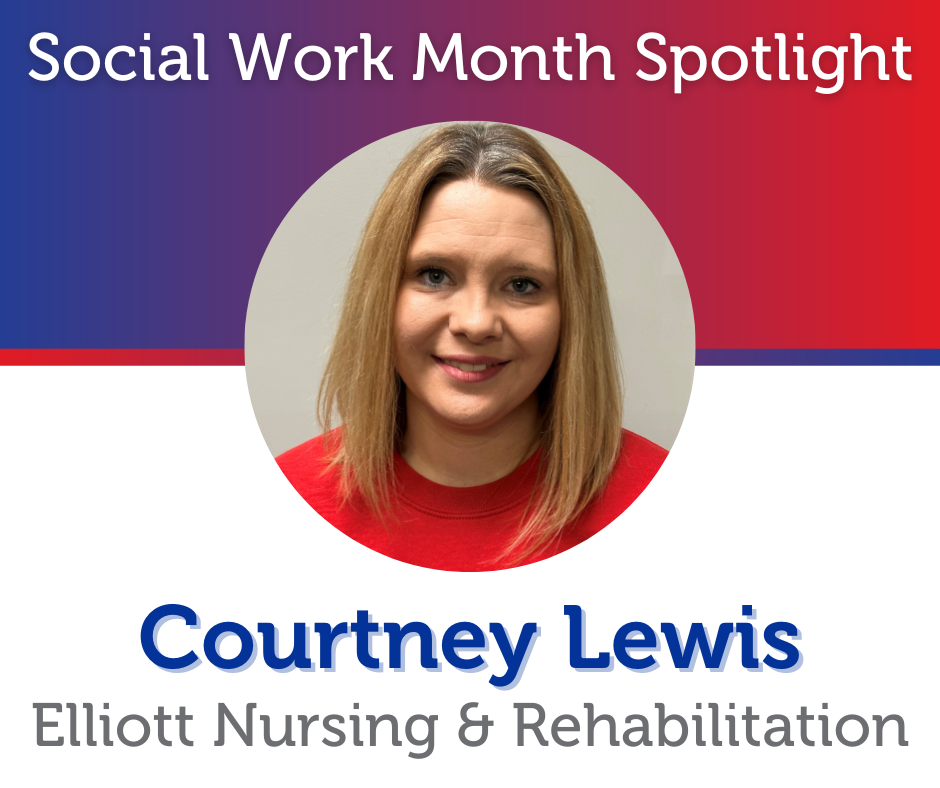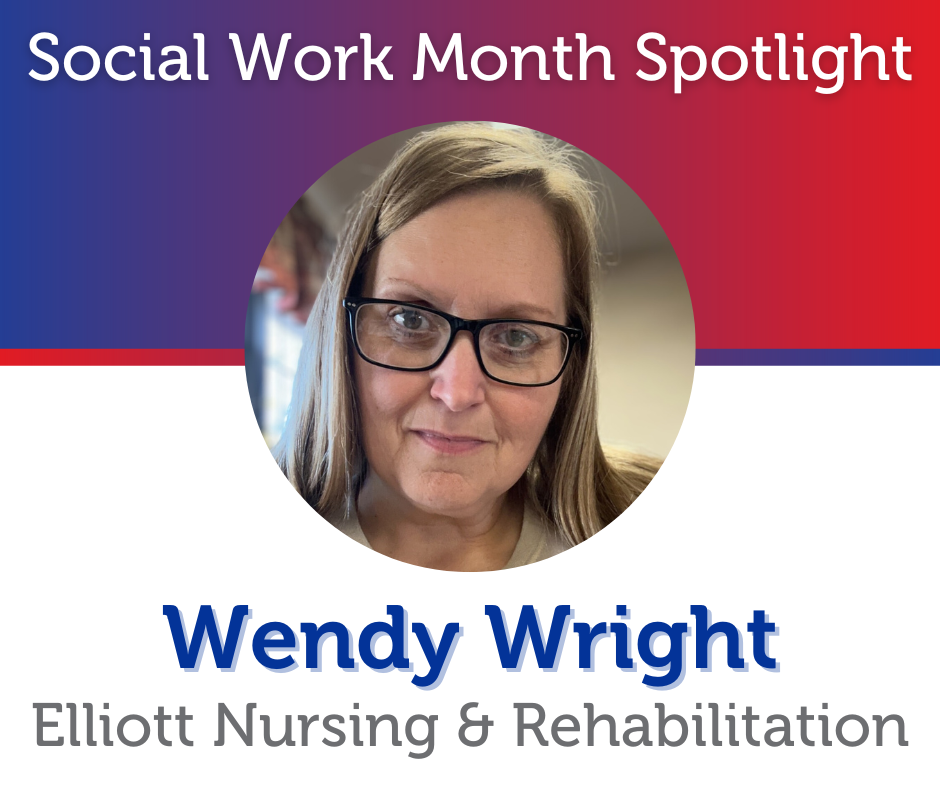Emergency Readiness for Older Adults and People with Disabilities
March 25, 2024In recent years, the United States has experienced a number of significant natural disasters. Several of these events happened with little or no warning. One key lesson that we have learned from these unfortunate circumstances is to “be prepared,” a message that is especially important for older Americans and people with disabilities. September is officially designated National Preparedness Month, but preparedness is something we should be thinking about all year long.
Unfortunately, natural disasters can disproportionately impact older people and those with disabilities. These populations are frequently less able to withstand periods of time without food, water, medication, and rest—and they may have mobility or communications limitations that impact their ability to respond. Half of the people who died during and after Hurricane Katrina were over the age of 75. People with disabilities who rely on service providers for meals, personal care, and medical assistance often go without critical support systems during a crisis. As we saw during Hurricane Sandy, the loss of electricity to power medical devices, such as ventilators, or assistive technology, can be life-threatening.
That is why it is critical that older adults and people with disabilities plan for emergencies before they happen. Here are three important steps to consider in preparing for a natural disaster:
- Involve your community. When putting together a plan, individuals with disabilities and older adults should talk with their neighbors, family members, caregivers, and community members about emergency preparedness. Planning should be informed by individuals’ needs and preferences and should focus on creating a support team that can assist with evacuation, finding appropriate shelter, and meeting basic needs during a crisis. Planning should also take into account those situations when local services and supports are not available, and an individual needs to relocate out of the community. Consider including out-of-town relatives or friends in disaster preparedness plans.
- Pack an emergency medical kit. People with disabilities and older people with chronic health conditions should pack an emergency kit. It should contain food, water, medication, copies of medical records, instructions for medical devices, and, if necessary, things like extra wheelchair batteries and oxygen tanks.
- Make a plan for pets and service animals. Millions of people have pets and service animals that they love dearly. Owners should create evacuation and emergency response plans that include the needs of their animals. This includes packing an emergency kit for animals with food, water, and medication Pet owners should learn which shelters in their communities accept non-service animals and enlist the support of friends and neighbors to help with pet care if local shelters are not an option.
Every state is unique in terms of the local risks and types of natural disasters that can take place. But no matter where you are, it is important to take time to ensure that older Americans and people with disabilities engage in emergency planning so they are prepared to weather the storms that come.
For more information and links to resources about emergency preparedness for older adults and people with disabilities, please visit ACL’s emergency preparedness webpage.






